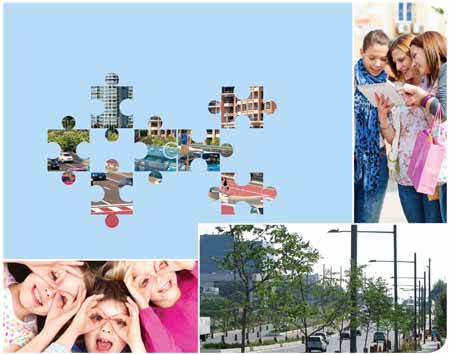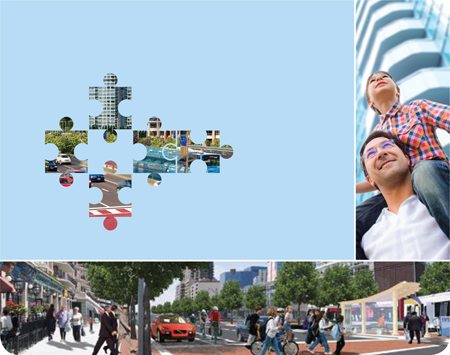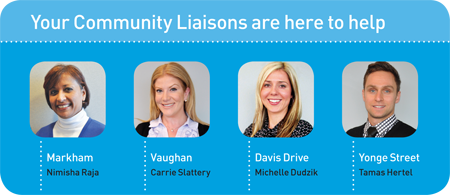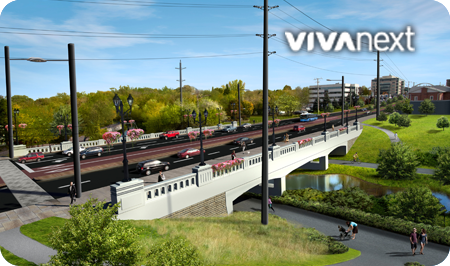We’re really counting down the days to the start of vivaNext rapidway service, and we know you are too: being able to get on board a viva bus and zip past congestion is going to be a wonderful advantage for York Region transit users. So you’ll know we’re really in the final stretches once you see viva buses out on the rapidway starting this week, which is when York Region Transit (YRT) starts the training process for operators and other staff.
YRT is doing training in two stages, with the first stage during the week of July 29 and the second stage over two weeks starting August 5.
In the first stage, training will be provided for everyone who will need to be familiar with the rapidways, the stations and equipment. We will have vehicles out on the rapidway, taking customer service staff and other YRT staff along the rapidways and spending time at the new stations. This will give staff a chance to really interact with all the new features so they’ll be ready to provide support to the public once the system is open.
During this time YRT will also be working with emergency services (police, fire, ambulance) to help them become familiar with the rapidway and safety features at the stations including the emergency call button. Emergency services personnel will be familiarized with access points where they can enter and exit the rapidway, and in the future emergency services vehicles will have the option of using the rapidway when responding to calls.
The actual operator training begins the week of August 5 and will go on for 2 weeks, running from 8:00 AM to as late as 9 PM some nights, seven days a week. During this time you can expect to see quite a lot of viva buses running up and down the rapidway, stopping at stations. They will be clearly marked as YRT Training Vehicles to avoid confusion. The training will focus on entering and exiting the rapidways, especially entering back into mixed traffic at the east end, and exiting the rapidway at the west end and crossing to the curb to service the Bayview Towers station.
Training will also focus on the new transit signals at intersections, which will provide a single green arrow for transit operations. This signal will be clearly marked as being for transit only, but YRT operators will be trained to be cautious and on the lookout to make sure members of the driving public are obeying the signals correctly.
As part of their training, operators will spend time at the Chalmers station learning about the station’s layout and features, including the parking pad which will be used by support and maintenance staff for future station and rapidway maintenance and snow clearing. Operators will also get training on the new fare equipment that passengers will be using once service starts.
Trainees will be taken out in groups of six or less, with one trainer to every three trainees. They’re all experienced viva operators, so they know the route and the vehicle. They’re really excited to get going, knowing that in just a few more weeks the rapidway will be open for service. We hope you follow along with us through this blog series to get all the details as we count down the days!










